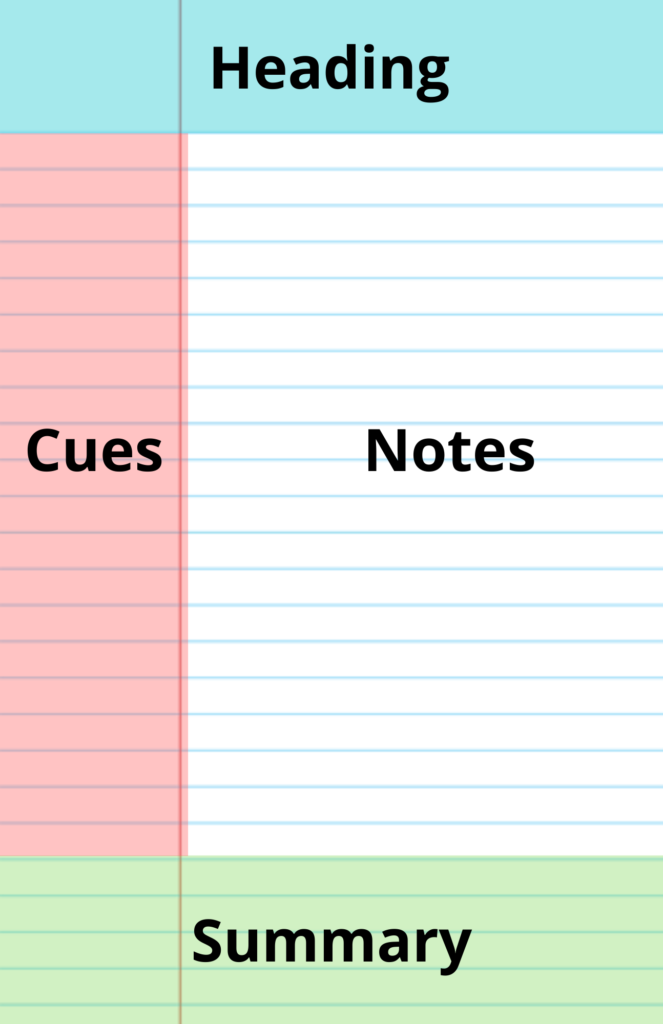Between reviewing lecture notes after every class, making time to connect with your peers and instructors, getting your 5 servings of fruits and veggies every day and limiting your caffeine intake, the concept of fitting in the recommended 30 minutes of exercise every day can seem laughable. There’s just not enough hours in the day to fit it all in.
But what if we said it didn’t have to be as arduous as setting aside a chunk of time to go to the gym? What if you just had to find a few moments every day where you carved out 5, 10 minutes of your time to exercise?
According to a study published in the Journal of the American Heart Association “The key message based on the results presented is that total physical activity (ie, of any bout duration) provides important health benefits.” (Saint‐Maurice et al., 2018)
That means that working out in small chunks may be just as beneficial to your health as working out in one long segment.
Researchers compared data from the U.S. National Health and Nutrition Examination Survey 2003–2006 with available death records to determine if there was any correlation between all-cause mortality rate and how people worked out. They found that both working out for a longer period every day and working out in smaller chunks of time throughout the day were correlated with a lower mortality rate.
A separate study conducted with volunteers who had hypertension found that three 10 minute bouts of brisk walking throughout the day were associated with a greater decrease in blood pressure than one 30 minute session.
Working it into your day
We’ve already discussed the pomodoro method on the Nimbus blog, which recommends you set periodic break periods where you get away from your desk. Try fitting in a quick little workout during these breaks – there are plenty of apps or youTube videos that can walk you through a 5- 7- or 10- minute workout. If you don’t have much room to move around, there are even workouts that can be done right at your desk – we’re sure your cubicle mate won’t mind 😉
Using this method also has the added benefit of giving your mind and eyes a break from your computer – critical to protecting you from negative effects of stress and eye strain.
If you’ve used this method to get some more work outs in, we’d love to hear your thoughts. Comment below or send us a DM – we can’t wait to hear what you’re doing to keep yourselves healthy!
